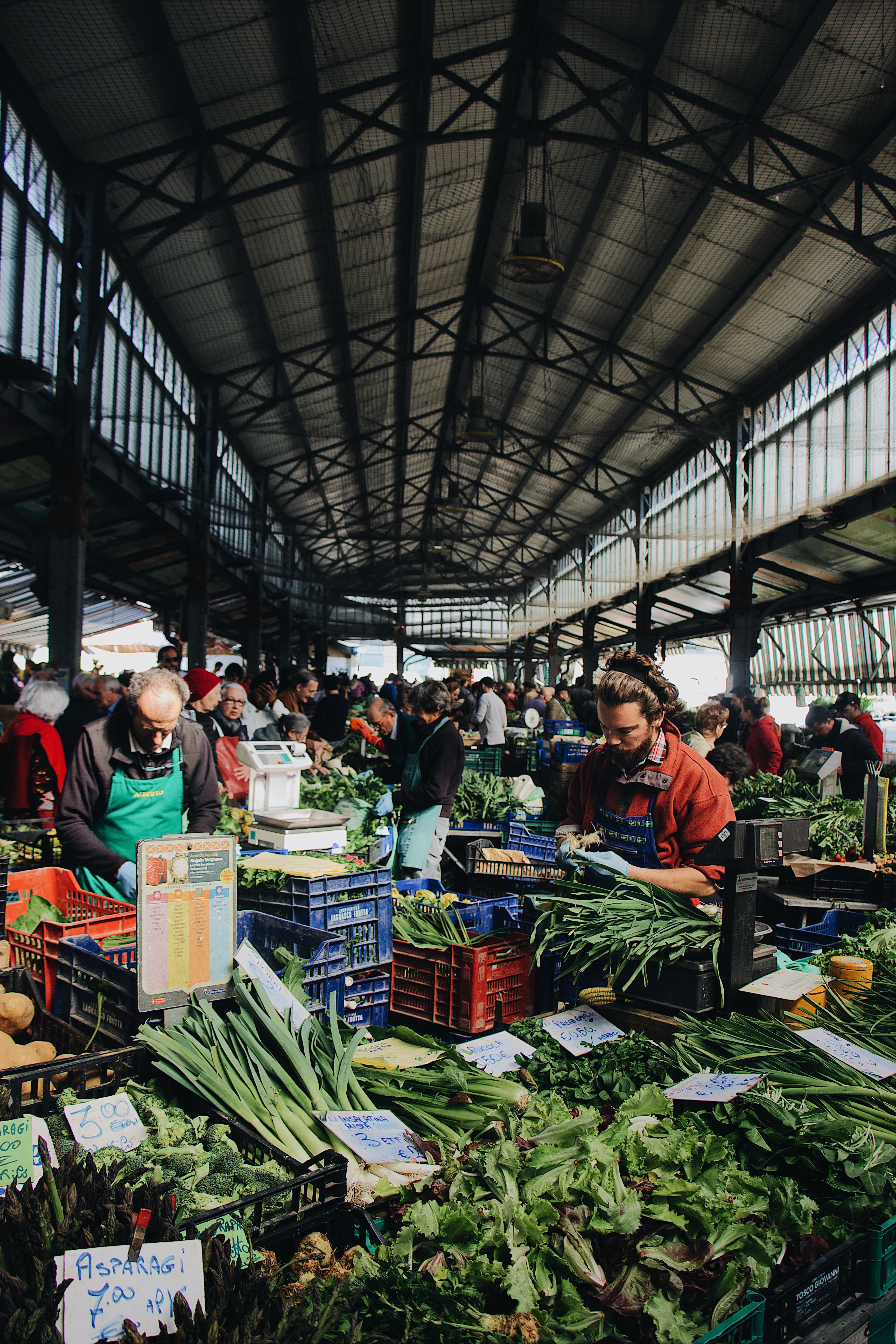Sub-saharan Africa has an approach to sustainable food production pertaining to climate-resilient development

The agriculture sector is facing many challenges due to climate change in most of the regions of the world. Adapting to climate change has led to risks in the agriculture production and agro-ecosystems, which eventually impacts nutrition and food security. The research taken by Fisayo Fagbemi , Dorcas Funmilola Oke , and Adeyemi Fajingbesi shows the effect of climate change on 32 Sub-Saharan African countries pertaining to food production. The study was focused on the timeframe between 2005 and 2019 using Fixed Effects (FE) and Two-Step System-Generalised Method of Moments (GMM) estimation.
The effects of climate change
The real effects of climate change are being shown in agriculture and are affecting agriculture production at a fast rate. Further, a growing population, changes in weather patterns such as rainfall and temperature is all contributing to the greenhouse gas effect. The greenhouse gas effect has a detrimental impact on the earth. Moreover, anthropogenic activities such as burning coal, oil and fossil fuels contribute to the mass amount of carbon dioxide which is unhealthy for the earth. The ozone layer is being destroyed by chlorofluorocarbons which is also contributing to global warming resulting in climate change. Consequently, global warming that has been resulting from the rise in greenhouse gas emissions is affecting agricultural yield. There are calls to improve the agricultural and food production system with building resilience to climate change and sustainable development.
How climate change is affecting agriculture
Researchers have predicted that agricultural activities are being affected by climate change as rain is involved to grow the plants, and changes in climate would impact the growth of the crop. It has also been highlighted that agriculture is one of the most vulnerable and affected sectors with regards to climate change. An example is given in the article that “agriculture is viewed as the most vulnerable sector to climate change. For instance, it has been demonstrated that between 80,000 and 270,000 people could go hungry by 2050, in a country like Yemen, due to climate change (Breisinger et al., 2011), while extreme climatic events have plunged Nigerian agricultural system into crises”.
The food system in Sub-Saharan Africa is being affected the most due to extreme climatic events of prolonged drought and heavy rainfalls. With the changing climate, the African continent needs climate-resilient development needs. The researchers highlighted a gap in the literature and mentions that not much is written about Sub-Saharan Africa. To examine how agriculture is being affected by climate change there have been laboratory research tests that have been undertaken. From the results there are two categories: a positive and a negative impact. The positive impact is that climate change could lead to an increase in crop growth, however on the negative side, climate change could reduce and harm crop growth. Further, many studies examine the relationship between the level of food production and climate change which has been firmly established.
The findings of the study
The findings help to understand the detrimental impacts on food production by climate change. An empirical analysis shows that an increase in carbon dioxide emissions will result in a reduced food production in the Sub-Saharan Africa region. The diagram in the article below explains how climate change affects different sectors such as: weather patterns, agro-ecosystems, agriculture production and livelihoods, as well as food security and nutrition. Further, some calculations have been worked out to show the magnitude on how climate change affects agriculture.
The final message the researchers put forward on how climate change is affecting agriculture
Climate change is affecting agriculture at a drastic rate and adapting to climate change is landing up agriculture to be in risky situations. In order to prevent agricultural grounds from depleting even further, we need to strive for a low carbon economy which is critical. Another factor that is inhibiting agricultural growth is a growing population and population control measures must be put in place. Moreover, socio-economic challenges and governments have also led to the downfall in agricultural production. In order to revitalise the agricultural fields organisations and the government need to take action and combat these negative impacts. To mitigate new risks, and build resilience is utmost important for the food system.
Some believe that climate resilient agriculture is possible and this is through water smart technologies, rainwater harvesting structures, deficit irrigation and many more methods.
Story Source:
Materials provided by Future Foods. The original text of this story is licensed under a Creative Commons License. Note: Content may be edited for style and length.
Journal Reference:
Author links open overlay panelFisayo Fagbemi a et al. (2023) Climate-resilient development: An approach to sustainable food production in sub-Saharan africa, Future Foods. Elsevier. Available at: https://www.sciencedirect.com/science/article/pii/S2666833523000023 (Accessed: March 6, 2023).
People inside a market · Free Stock Photo - PEXELS (no date). Available at: https://www.pexels.com/photo/people-inside-a-market-3098891/ (Accessed: March 6, 2023).
0 Comments